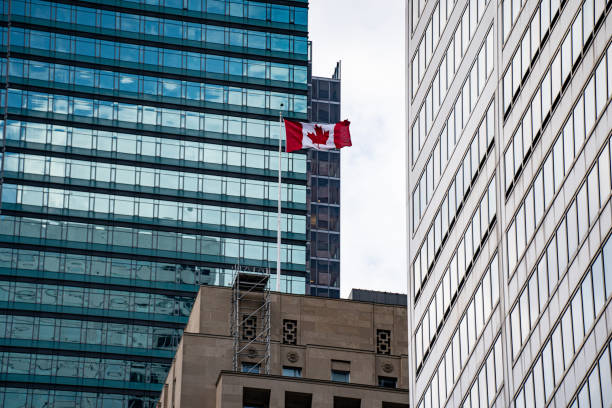Bank of Canada cuts key interest rate to 2.5% as U.S. tariff risks shift
Central bank ends three-month streak of rate holds to support slowing economy.
The Bank of Canada cut its benchmark interest rate by a quarter point Wednesday as the central bank worries less about inflation risks and more about a slowing economy.
The Bank of Canada’s policy rate now stands at 2.5%, breaking a streak of three consecutive holds since March.
Governor Tiff Macklem said the risks have shifted since the Bank’s last interest rate decision in July.
Cracks in the labour market and a sharp drop in exports are threatening growth, he said, while earlier signs of underlying inflation pressure are fading.
“With a weaker economy and less upside risk to inflation, governing council judged that a reduction in the policy rate was appropriate to better balance the risks,” he said in prepared remarks.
Annual inflation stood at 1.9% in August, Statistics Canada reported Tuesday, with core inflation figures holding around 3% year-over-year.
But the Bank, looking at a broader range of indicators, still sees underlying inflation holding at around 2.5%.
Macklem also said the federal government’s decision to drop most retaliatory tariffs against the United States at the start of this month will take some fuel out of inflation.
The national unemployment rate meanwhile rose to 7.1% after Canada’s economy shed more than 100,000 jobs in July and August. Real gross domestic product fell 1.6% annualized in the second quarter.
Economists expect employers were rushing to get ahead of U.S. tariffs in the first quarter, pulling forward activity and driving the second-quarter contraction.
Macklem said that while there are still many unknowns tied to U.S. tariffs and the global trade disruption, “near-term uncertainty may have come down a little.”
He said there was a “clear consensus” among governing council to cut the policy rate Wednesday. Economists widely expected the move heading into the announcement.
CIBC senior economist Katherine Judge said in a note to clients Wednesday that the economy is “losing resilience” and inflation should remain well contained moving forward.
She argued that will set the central bank up for another cut at its next decision on Oct. 29.
The Bank signalled it will keep looking on a shorter horizon than usual as it tries to set monetary policy in a constantly shifting environment.
Stephen Brown, deputy chief North America economist at Capital Economics, highlighted in a note that the central bank dropped from its statement a reference to the possible need for future rate reductions.
Monetary policymakers will be looking at how export activity evolves and whether costs from the trade disruption are passed on to consumers as they gauge where to take the policy rate next.
Brown said the Bank’s focus on inflation expectations and the ways the trade dispute could spill over into household activity are telling.
“That leaves the door to another interest rate cut this year if, as we expect, economic growth remains weak while core inflation pressures remain under control,” he said.





